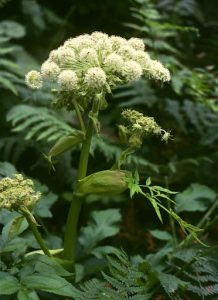
Woodland Angelica
Fact Sheet VASCULAR Angelica sylvestris Description Large biennial member of the carrot family commonly 1-2 m tall when flowering from July to September. Small, fragrant

Fact Sheet VASCULAR Angelica sylvestris Description Large biennial member of the carrot family commonly 1-2 m tall when flowering from July to September. Small, fragrant
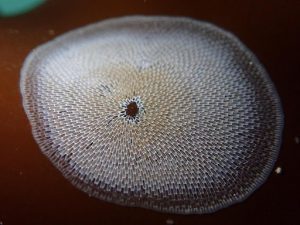
Fact Sheet MARINE ANIMAL Membranipora membranacea | Other Names: Lacy Crust Bryozoan, Kelp Lace Bryozoan Description The Coffin Box Bryozoan is a marine organism that
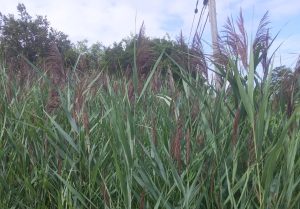
Fact Sheet Vascular Plant Phragmites australis ssp. australis | Elephant Grass, Giant Reedgrass Description Very tall, stout grass, often reaching heights of 3 m or
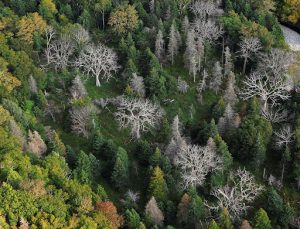
Fact Sheet Insect & Fungus Hylurgopinus, Scotylus, & Ophiostoma spp Description Dead and dying White Elm trees. Results from several different microscopic sac fungi (all
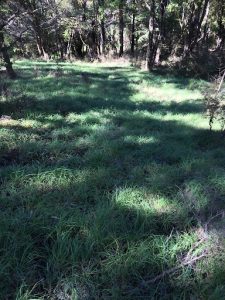
Fact Sheet vascular plant Carex flacca Description Cool-season sedge grow to a height of 30-45 cm and a width of 30-45 cm, forming a dense
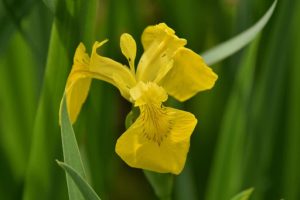
Fact Sheet Vascular Plant Iris pseudacorus | Other Names: Yellow Flag Iris Description This perennial wetland plant has three drooping petal flowers that are bright
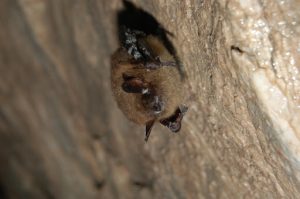
Fact Sheet fungus Pseudogymnoascus destructans Description Pseudogymnoascus destructans is a fungal pathogen that causes the disease known as White-Nose Syndrome. This disease is characterized by
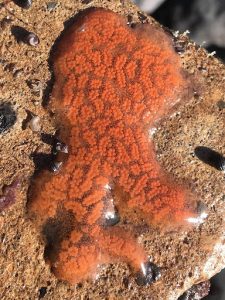
Fact Sheet MARINE ANIMAL Didemnum, Diplosoma, Botryllus, Botrylloides spp. | Other Name: Sea Squirt Description Colonial Tunicates are small marine filter-feeding animals, sometimes referred to
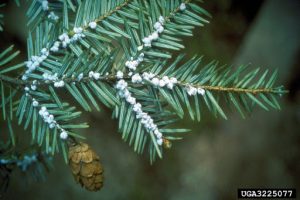
Fact Sheet INSECT, TREE PEST Adelges tsugae Description Hemlock Woolly Adelgid is an aphid-like insect that parasitizes Eastern Hemlock (Tsuga canadensis) trees. The first generation
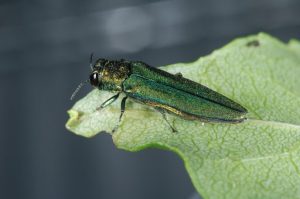
Fact Sheet INSECT Agrilus planipennis Description The Emerald Ash Borer is a narrow, elongated beetle that is 8.5–14 mm long, and 3.1 –3.5 mm wide.
Join our mailing list.